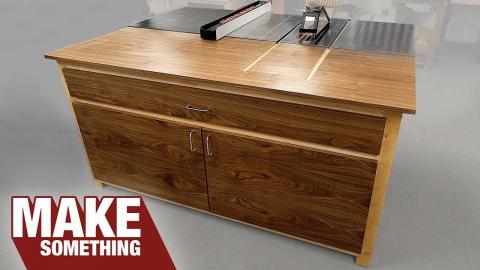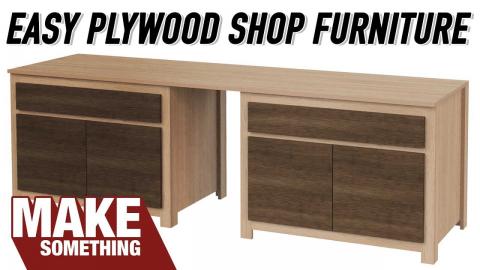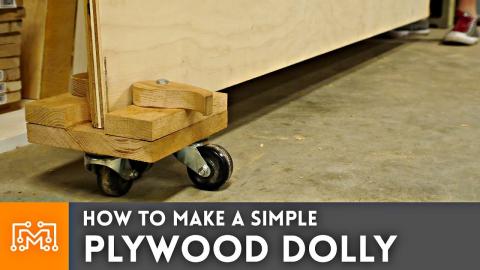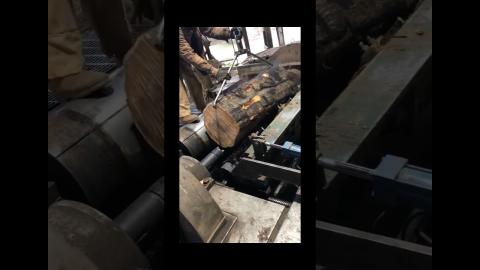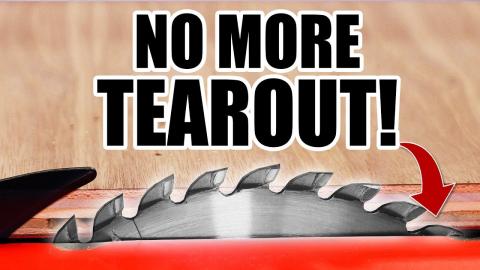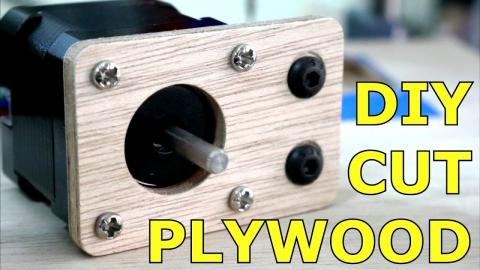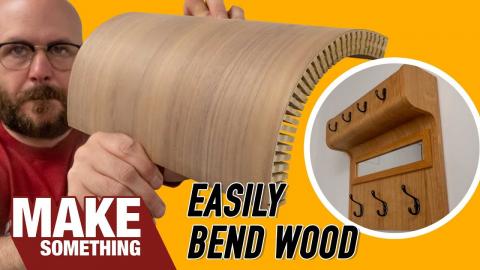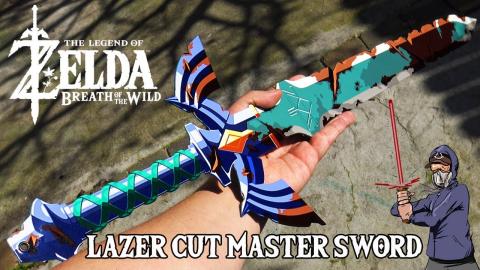Turning a Plywood Coffee Tamper
Description
Since we've been home for a while, I decided to rekindle my love for coffee and espresso by making a coffee tamper out of patterned plywood. Thanks KiwiCo for sponsoring this video, use link https://kiwico.com/makestuff or use code MAKESTUFF for 20% off everything on KiwiCo’s site!
Subscribe to my channel: http://bit.ly/1k8msFr
Second Channel: http://bit.ly/iltms-2
ANDREW SZETO: https://www.youtube.com/channel/UCEyBnGE6eAu_Dr4lN0bK6pg
MICHAEL ALM: https://www.youtube.com/user/mishkelschlakong
REBECCA DEGROOT: https://youtu.be/vCqb-R4LDbI
MORE PROJECTS, POSTS AND EVENTS
http://www.iliketomakestuff.com
TOOLS & SUPPLIES WE USED(affiliate links):
https://kit.co/iliketomakestuff/my-woodworking-tools
https://kit.co/iliketomakestuff/shop-safety-gear
I WROTE A BOOK!!
http://www.iliketomakestuff.com/makingtime
Want to support ILTMS? Get exclusive content and more...
http://www.iliketomakestuff.com/patreon
BUY A SHIRT, STICKER, NOTEBOOK, DIGITAL PLANS and MORE!!
http://www.iliketomakestuff.com/store
FOLLOW:
http://twitter.com/iliketomakestuf
http://www.twitch.tv/iliketomakestuff
http://instagram.com/iliketomakestuff
http://facebook.com/iltms
MUSIC: http://share.epidemicsound.com/iltms
The concept behind this patterned plywood coffee tamper, is that when you stack the layered plywood you can create interesting patterns that will look really cool when turned on the lathe. There are some really cool examples of this idea across the Maker community. Artists like Michael Alm, Andrew Szeto, and Rebecca DeGroot have been taking plywood patterning project to a whole other level. For this project, I'll attempt to make some patterned plywood by cutting down some small scrap sheets and gluing them together at an angle.
To glue the pieces together at a consistent angle, I placed the stack of plywood squares in between to rectangular pieces of plywood and placed clamps on the outsides. This way each edge of the patterned ply would get consistent pressure with only a few clamps. Once this offset stack of stairs was dry, I took the block over to the band saw and placed the stacked edges against the fence. I cut off the stacked overhangs on each side and I was left with a block of angled layers. Now that I had a dimensional block of slanted plywood, I ran that block through the bandsaw again to cut it down the middle into four equal quarters. Those quarters were rotated and glued back together to create a chevron pattern along the block. Once dried, I attached the lathe's face plate so I could begin turning the handle.
To make the rectangular block a rounded cylinder I used the wood lathe. The face plate that I attached in the previous step was screwed into the drive end of the lathe and I used my carbide turning tools to slowly create the tamper's contoured profile. I really like using the lathe to make handles because you can quickly make tiny adjustments to fit your hand. Removing material in certain places and adding accent features happens really fast and without a whole lot of effort.
Once I was happy with the shape and feel, I began sanding while the piece was still spinning on the lathe. I cut the part free from the remaining stock and applied some food-safe finish to whole handles except the flat face that will meet up with the aluminum tamper puck. I was really happy with the curved chevron pattern, it looked way nicer than I had imagined.
The whole point of a coffee tamper is to compact finely ground coffee for use in an espresso machine. Coffee tampers traditionally have a stainless steel or aluminum disc that actually comes into contact with the coffee. I happen to have some 1/4" aluminum stock left over from the Gimbal Handle project which would work perfectly. While you absolutely can cut aluminum using most woodworking tools, I chose to use my desktop waterjet cutter, the Wazer, to cut the aluminum puck. I measured the handle's flat face and designed a circle the same size. The Wazer cut the puck, using high pressure water, from the 1/4" stock with ease.
To combine attach the puck to the handle, I chose 5-minute epoxy. Before applying the epoxy, I scored both mating surfaces with a Dremel to add some texture. Doing this allows the adhesive to grab the better than it would with smooth faces. I was careful to wipe away and squeeze out, because I didn't want the epoxy, dried or not, to contact the coffee in any way. To protect the aluminum, I applied the same food-safe beeswax finish that I used on the handle to the puck.
Coffee tampers can make great custom gifts for the coffee lover in your life. Technically, I believe making one just out of wood alone would work fine if you don't have the aluminum puck. Again, aluminum or brass can be cut and sanded to shape using most woodworking tools. If you love coffee and you love woodworking, give this project a try.



